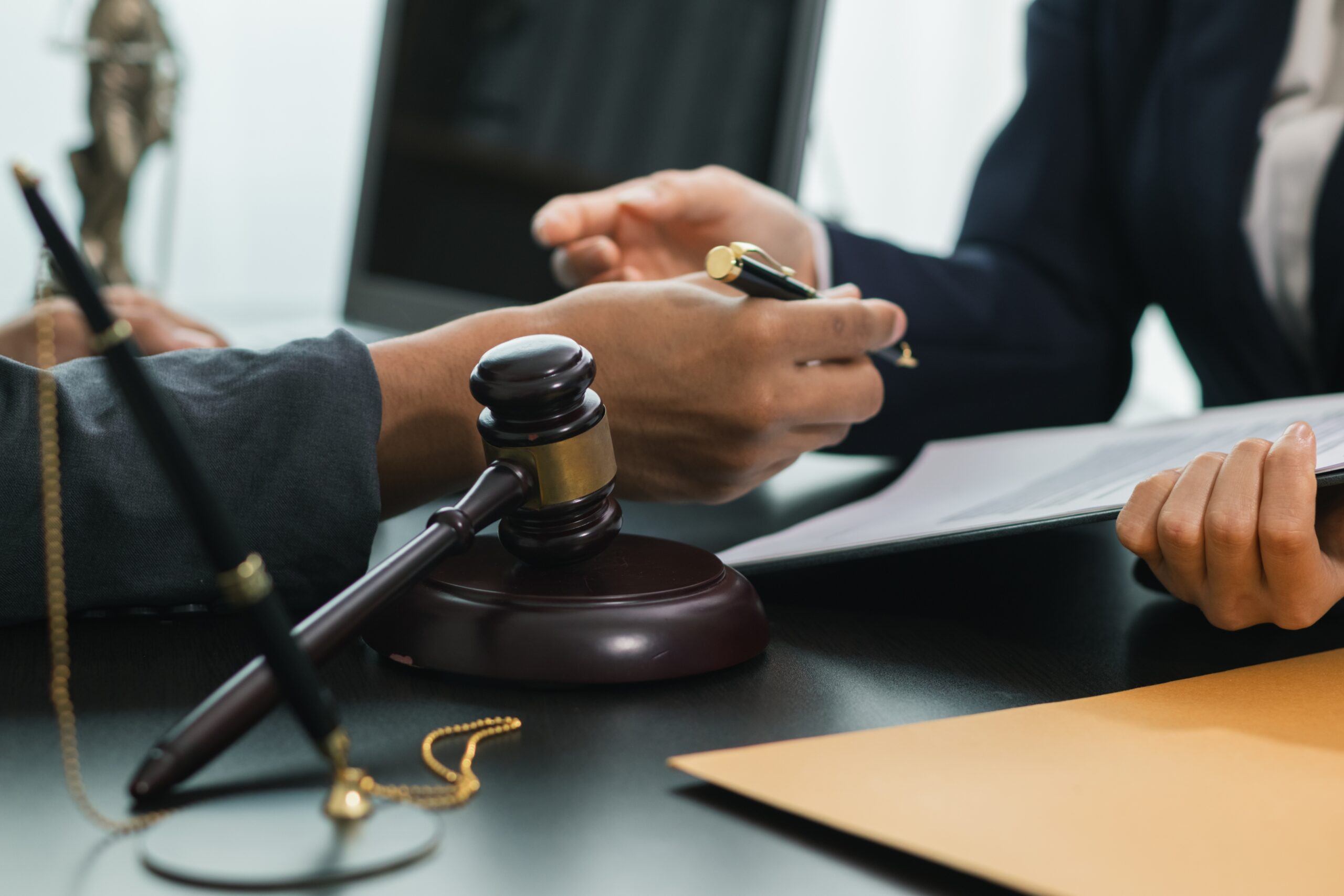A Tripping Hazard Leads to a Serious Fall and a $2.45 Million Award for an Injured Senior Apartment Complex Resident
California law is quite clear about the responsibility that property owners have toward people legally on their property. The statutes here say that “Everyone is responsible, not only for the result of his or her willful acts, but also for an injury … to another by his or her want of ordinary care or skill in the management of his or her property.” When you are injured in a trip-and-fall accident, there are several key pieces to the “puzzle” of a successful legal action. One is proof of a legitimate hazard. Another is evidence that the person or entity responsible for the property failed to fix the problem, despite the fact that it knew or should have known the hazard existed.
There are many different ways to achieving this proof burden, but it comes down to obtaining the right evidence. To make sure you are getting all the evidence you need and that it is being put together into one coherent and persuasive case, be sure to rely on the skill and experience of a knowledgeable San Mateo injury attorney.
An example of how this process can work successfully was the recent case of A.N. (Yolo County Superior Court Case. No. CVPO-2017-916). Reportedly, A.N. suffered serious injuries in a trip-and-fall accident at her senior living apartment complex in West Sacramento. One day, while exiting the complex’s clubhouse, 80-year-old A.N. used a ramp to walk back to her apartment. A concrete parking block was situated at the base of the ramp. The resident tried to pass through this area, but she tripped. In the fall, she suffered a broken wrist, crushed patella and a “burst” fracture to one of her thoracic vertebrae.
To win your trip-and-fall case, you need evidence that the condition upon which you fell was adequately hazardous. If you trip and fall on 1 cm crack in a parking lot, that probably wouldn’t be considered sufficiently dangerous (in most situations) to result in a favorable judgment. A 10 cm gap in the parking lot pavement, however, might be an adequately dangerous condition to be the basis of a winning lawsuit.
‘Actual notice’ and ‘constructive notice’ and what they mean for your case
Proof of a hazard isn’t enough by itself. You also need evidence that the owner had what the law calls ”notice,” and had it for a long enough time to address the problem. You can achieve this by showing that the owner actually knew about the issue (which is known as “actual notice”) or that the owner reasonably should have known about it (which is called “constructive notice.”)
One type of evidence that can be especially helpful in a trip-and-fall or slip-and-fall case like this is proof of past incidents or complaints. If the thing that injured you had a history — either of causing others’ accidents or causing others to complain to the property owner that the area was dangerous — then that evidence is often very persuasive to a jury, convincing them that the owner knew or should have known that there was a problem… and should have corrected it.
A.N. had evidence that three different residents at the apartment complex had complained to the owner that they had tripped on the parking block. In spite of those complaints, no action was taken. That was enough to persuade the jury that the owner had notice, had it for a long enough time, and was 70% liable for A.N.’s $3.5 million in damages, meaning that the woman received a net award of $2.45 million.
When you’re hurt in a trip-and-fall accident, you need the right attorney to help you put together the successful case you deserve. Contact the skilled San Mateo premises liability attorneys at the Law Offices of Galine, Frye, Fitting & Frangos, who have been providing skillful representation for many years for people hurt in slip-and-fall and trip-and-fall accidents. To set up a free consultation with one of our experienced attorneys, contact us at 650-345-8484 or through our website.
YOU MIGHT BE ALSO INTERESTED IN
How long does a personal…
Anyone involved in a personal injury lawsuit wants to know how long it will take, but the answer…
View PostQuestions to Ask Your Personal…
If you suffered a severe injury in an accident that wasn’t your fault, meet with a qualified personal…
View PostHow to Choose the Right…
If you suffered an injury in an accident that wasn’t your fault, hire a San Mateo personal injury…
View Post

